What Is Cone Beam CT & 3D Imaging?
Conventional X-ray images are actually 2-dimensional representations of a 3-dimensional object. Standard dental radiographs take a “flat” image of an object without the ability to determine the “third plane”:
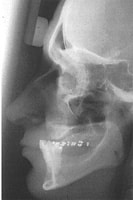
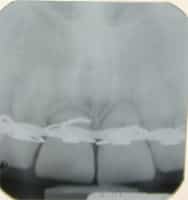
How Does Cone Beam CT & 3D Imaging Work?
In order to obtain “depth” to a radiographic image, tomography was developed. A panorex is an example of a dental tomogram, where a thin slice of the entire upper and lower jaw is visualized on film. Objects within the slice appear sharp; however, objects outside the slice are blurred:
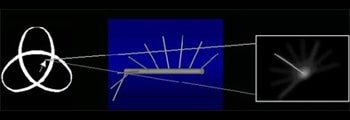
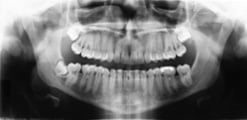
Computerized tomography takes multiple 2-dimensional slices and stacks them together sequentially to develop a 3-dimensional view of an object. The slices can be oriented in different planes for different views. A computer algorithm combines the data to form a 3-dimensional reconstructed view:
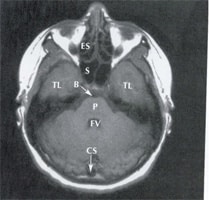
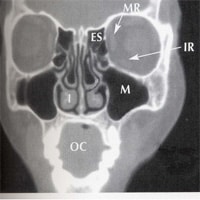
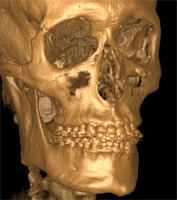
Conventional medical CT scans require a large amount of radiation to visualize small areas. In addition, they have little use in most dental applications. The scanning machine has a large footprint. The cost of a medical CT scanner is prohibitive for a small office, and special software programs are necessary to reconstruct the data for useful interpretation.
Cone Beam CT (CBCT) technology was developed to overcome many of the above obstacles. CBCT uses volumetric tomography in forming direct 3 dimensional images of an object. Instead of using multiple slices to reconstruct an image, CBCT takes multiple?3D cones? to develop primary 3-dimensional views.
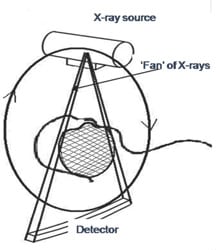
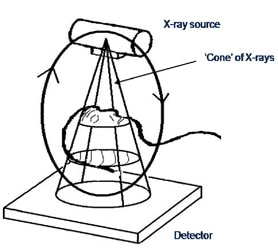
Is Cone Beam CT & 3D imaging safe?
Cone Beam CT imaging is safe and accurate. The coned formation of x-ray energy reduces scatter radiation and achieves higher-definition image quality. This type of imaging is not performed as a routine dental x-ray but for more complex cases. It provides valuable information in the form of multiple angles and views that can be manipulated for up-close observation of a small area such as a tooth or joint. In addition to being safe, cone beam CT imaging is quick and painless. Due to the low amount of radiation used in this scan, the cone beam CT carries a very minimal risk of exposure effects.
Patient Testimonial
"My experience with Dr Sultan was life changing. He is dedicated, honest, open and compassionate. I have been closely followed post surgery; Dr Sultan going above and beyond for me. Everyone who works here are truly helpful, from my first visit to follow up appointments they care. I consider myself extremely fortunate and very grateful to all. Dr. Sultan? I adore him!" - Susan
What Are The Advantages Of A Cone Beam CT?
The advantages of a Cone Beam CT are many over a medical CT, and especially a conventional panoramic x-ray when evaluating a patient for surgery:
- Small areas of the body can be scanned with high resolution
- Radiation dosage is minimized
- Images displayed are unique to oral and maxillofacial surgery
- Scanners are smaller and less expensive than medical CT scanners
Cone Beam CT is extremely valuable in many areas of oral and maxillofacial surgery:
- Placement of dental implants
- Evaluating bone density
- Determining nerve location
- Determining bony anatomy
- Determining root fractures
- Evaluating impacted teeth
- Assessing degeneration of the TMJ
- Facial trauma
- Bony cysts and tumors
- Airway anatomy for sleep disorders
Raw data obtained from CT scans can be utilized to manufacture Patient-Specific Anatomic Models and Surgical Guides in order to accurately plan many surgical procedures (please refer to the next section).
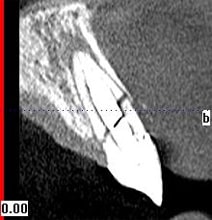
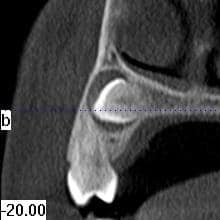
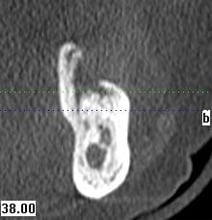
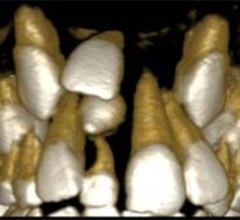
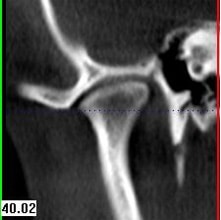
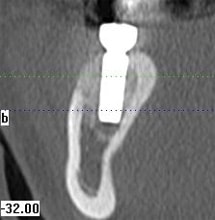
What is the difference between Cone Beam CT and traditional CT?
Traditional CT imaging is primarily used in medical settings. Cone beam scans utilize specific technology to maximize the quality and views of a small area with lower amounts of radiation than traditional CT scans. Cone beam CT (CBCT) uses volumetric tomography rather than multiple slices of images to construct a 3D view. With CBCT, the construction is done for us via the directional application of radiation. Cone beam CT images are obtained using a special machine that moves around the patient to obtain various angles of the jaw, teeth, or other structure.
Who is an ideal candidate for Cone Beam CT & 3D scanning?
Dentists use Cone Beam CT when necessary to aid in accurate diagnosis and treatment planning. This type of imaging may be requested for:
- Locating the origin of pain or other symptoms.
- Determining the orientation of tooth or bone structure.
- Evaluating the jaw, nasal cavity, nerve canals, or sinuses.
- Determining the appropriate placement for dental implants.
- Surgical planning for the extraction of impacted wisdom teeth.
- Diagnosing temporomandibular joint disorder (TMJ).
- Diagnosing and measuring a cyst or tumor.
- Surgical planning for jaw reconstruction.
How long is the CT & 3D procedure?
Imaging in the dental office typically takes just a few minutes. The Cone Beam CT machine is fast and accurate as it moves around the patient, who sits comfortably for the brief process.
How should I prep for the Cone Beam CT & 3D scanning process?
Patients need no special preparation for their Cone Beam CT scan. Just before the imaging examination, the technologist may ask the patient to remove jewelry or other objects that could interfere with the scan. Women should inform their dentist if they believe they could be pregnant at the time of their appointment.
Please refer to the next section on Computer Guided Surgery to see the applications of 3d imaging on your treatment!
Schedule A Consultation Today!
If you're interested in learning more about Cone Beam CT & 3D Imaging please contact us for a consultation at 954.771.8772 fill out our contact us form here. We will discuss your needs and concerns, and determine your best course of action.

